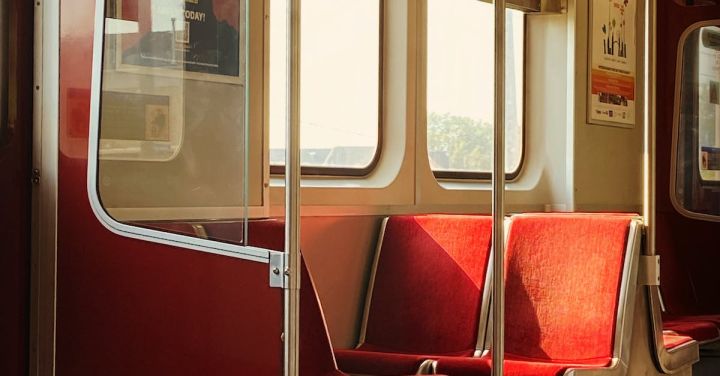The world is constantly evolving, and so is the way we travel. Over the years, we have witnessed significant advancements in transportation technology, with automated trains being at the forefront of innovation. These trains, driven by cutting-edge artificial intelligence systems, are revolutionizing the way we commute, providing a safer, more efficient, and sustainable means of transportation.
One of the most significant advantages of automated trains is their unparalleled safety. Unlike conventional trains, which are prone to human error, automated trains rely on precise computer algorithms to control their every move. This eliminates the risk of accidents caused by tired or distracted operators. With advanced sensors and cameras, these trains can detect and respond to potential hazards in real-time, ensuring the safety of passengers and minimizing the likelihood of collisions.
In addition to safety, automated trains also offer improved efficiency. The computerized systems that control these trains are designed to optimize speed, acceleration, and braking, resulting in smoother and more energy-efficient rides. By reducing unnecessary stops and minimizing idle time, automated trains can significantly improve travel times, making commuting faster and more reliable. This efficiency not only benefits passengers but also helps reduce congestion on the tracks, leading to a more streamlined and organized transportation system.
Moreover, automated trains are an environmentally friendly alternative to traditional modes of transportation. By optimizing energy usage and reducing carbon emissions, these trains contribute to a greener and more sustainable future. With the growing concern over climate change, the adoption of automated trains can play a crucial role in transitioning towards a low-carbon economy. Additionally, the use of electric power in these trains further reduces their environmental impact, making them a compelling choice for eco-conscious commuters.
Apart from their practical advantages, automated trains also offer a futuristic and captivating experience. Imagine stepping into a sleek, modern train cabin, with large panoramic windows that provide breathtaking views of the surrounding landscape. Inside, passengers can enjoy a comfortable and technologically advanced environment, complete with Wi-Fi connectivity, interactive screens, and automated announcements. This seamless integration of technology and design creates an immersive and enjoyable journey for passengers, turning their daily commute into a pleasant and engaging experience.
With all these benefits in mind, it is no wonder that automated trains are gaining popularity worldwide. Major cities around the globe, such as Tokyo, Singapore, and London, have already implemented automated train systems, reaping the rewards of this technological marvel. As more cities recognize the potential of automated trains, we can expect to see further expansion and advancements in this field.
However, it is important to acknowledge that the transition to fully automated train systems does not come without challenges. The reliance on complex artificial intelligence systems requires rigorous testing and ongoing maintenance to ensure their reliability. Additionally, the integration of automated trains into existing infrastructure may involve significant costs and logistical considerations. Nonetheless, these obstacles are outweighed by the tremendous benefits that automated trains offer in terms of safety, efficiency, sustainability, and overall passenger experience.
In conclusion, automated trains are no longer a thing of the future; they are here, and they are transforming the way we travel. With their unparalleled safety, improved efficiency, environmental advantages, and captivating experience, these trains are revolutionizing the transportation industry. As we continue to embrace technological advancements, it is clear that automated trains are a promising solution for our evolving transportation needs. The future of commuting has arrived, and it is more exciting than ever before.
